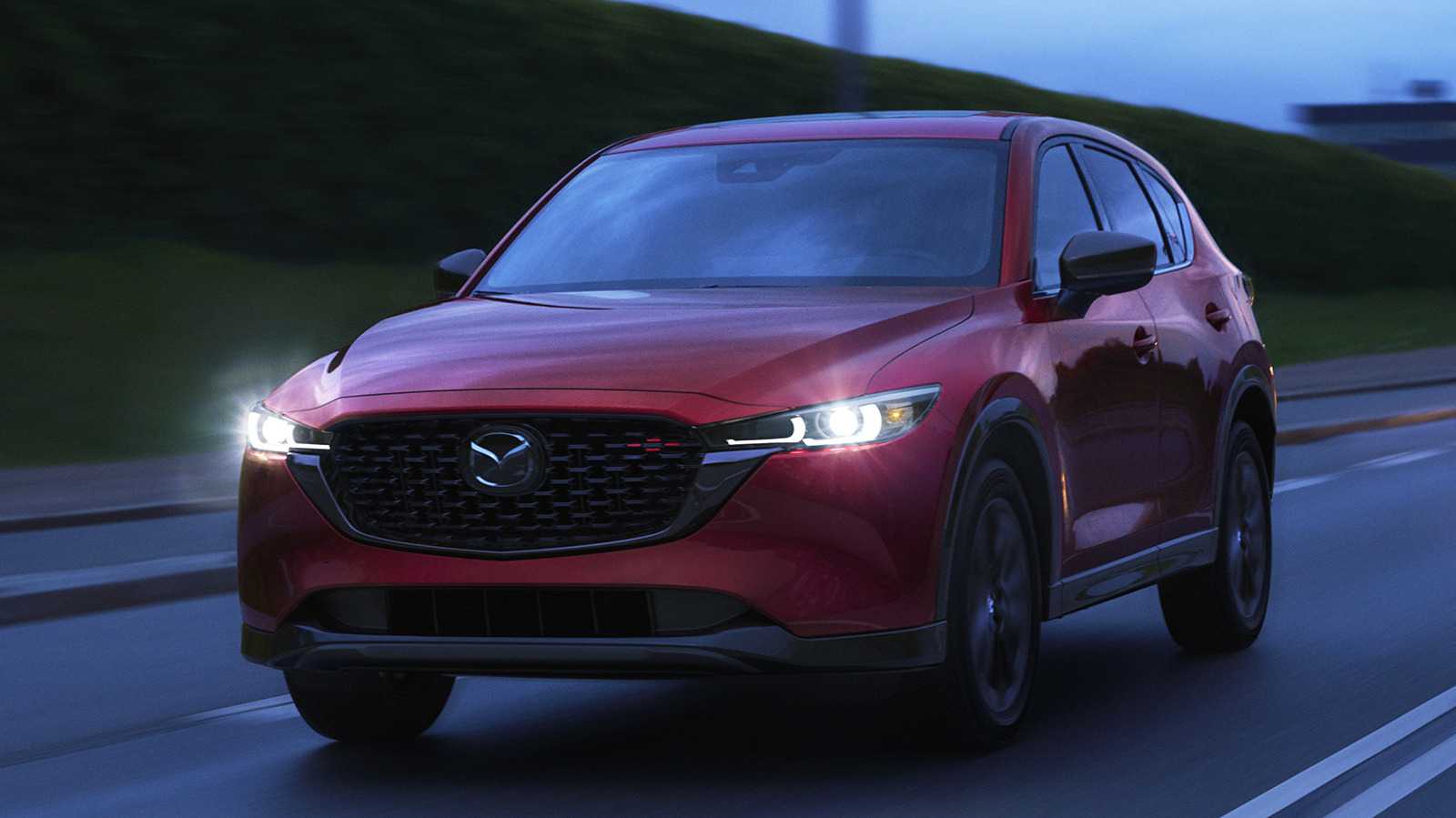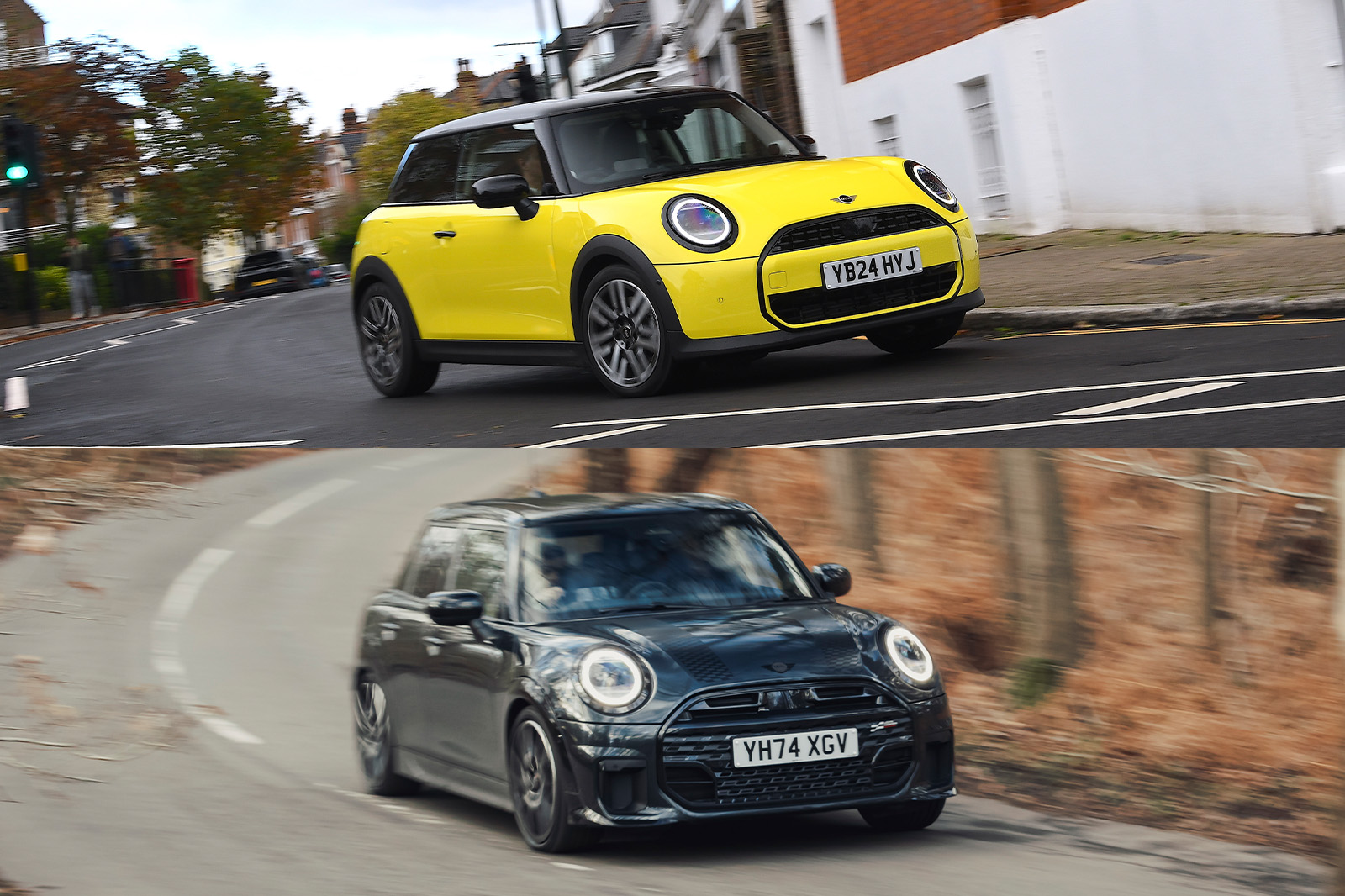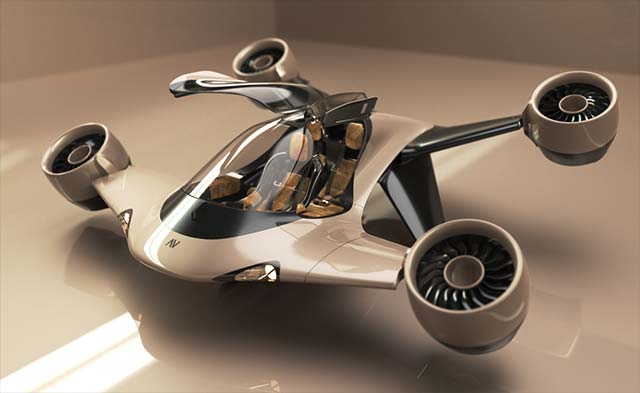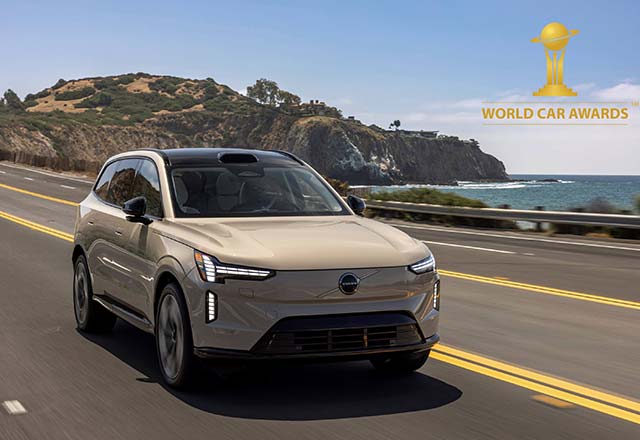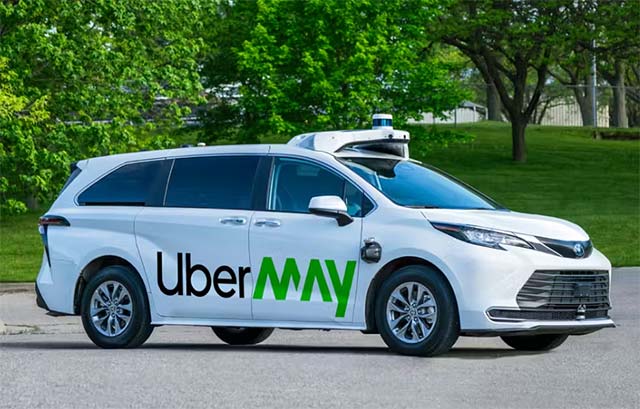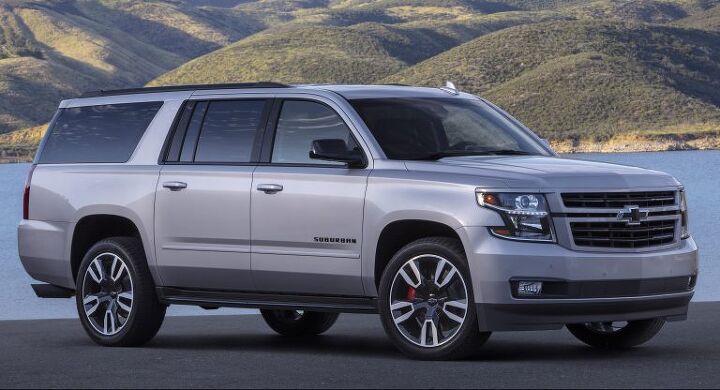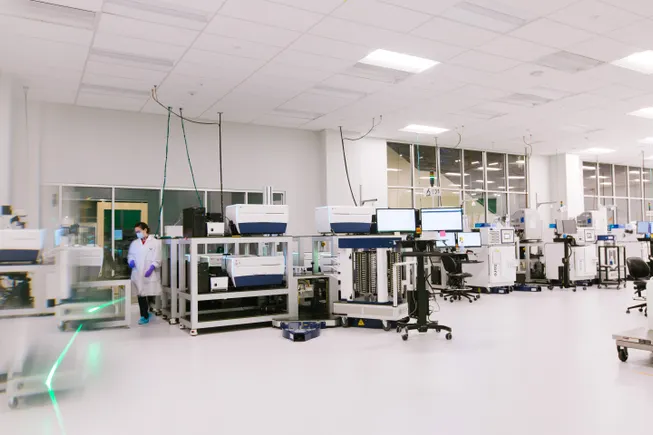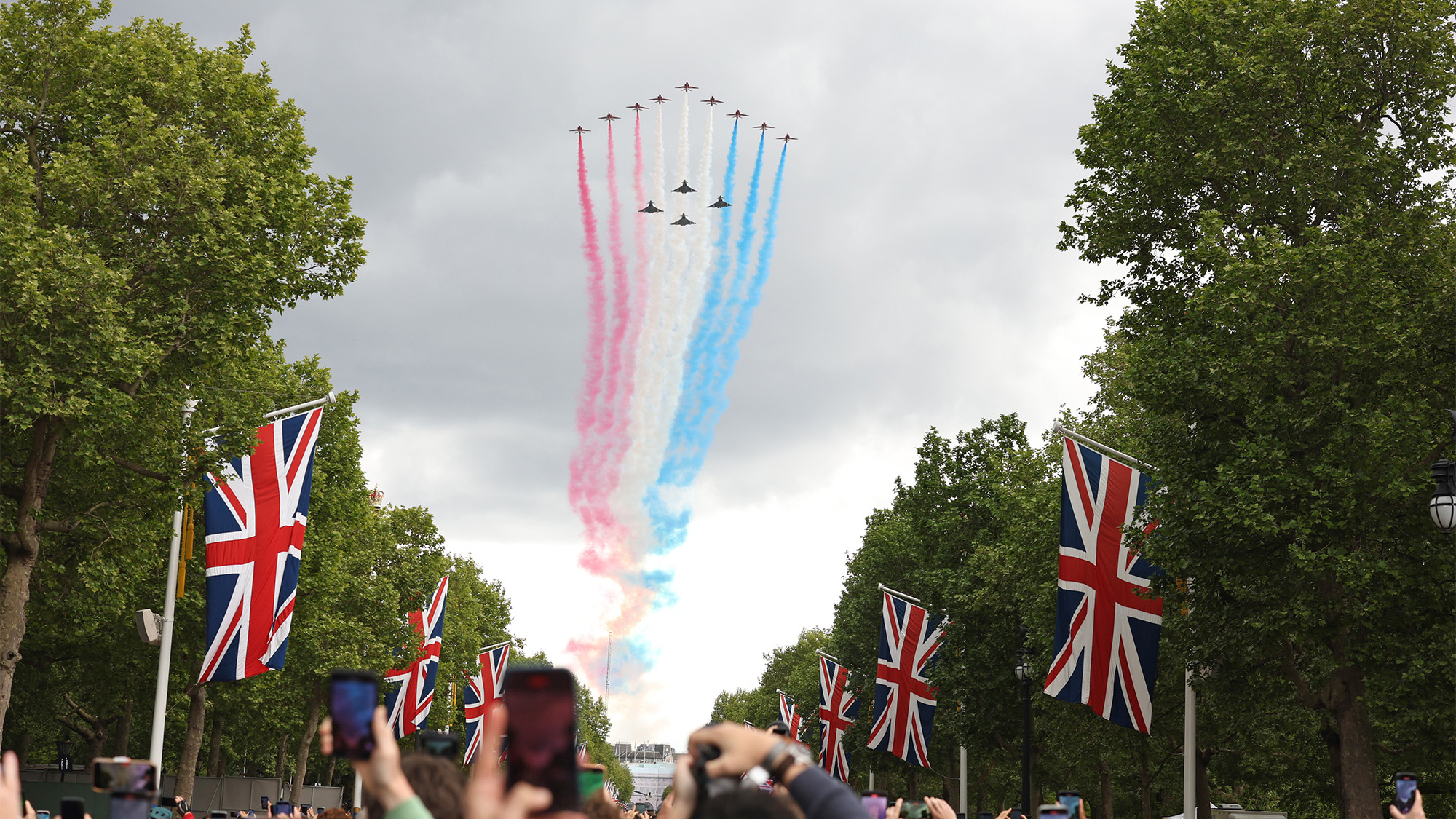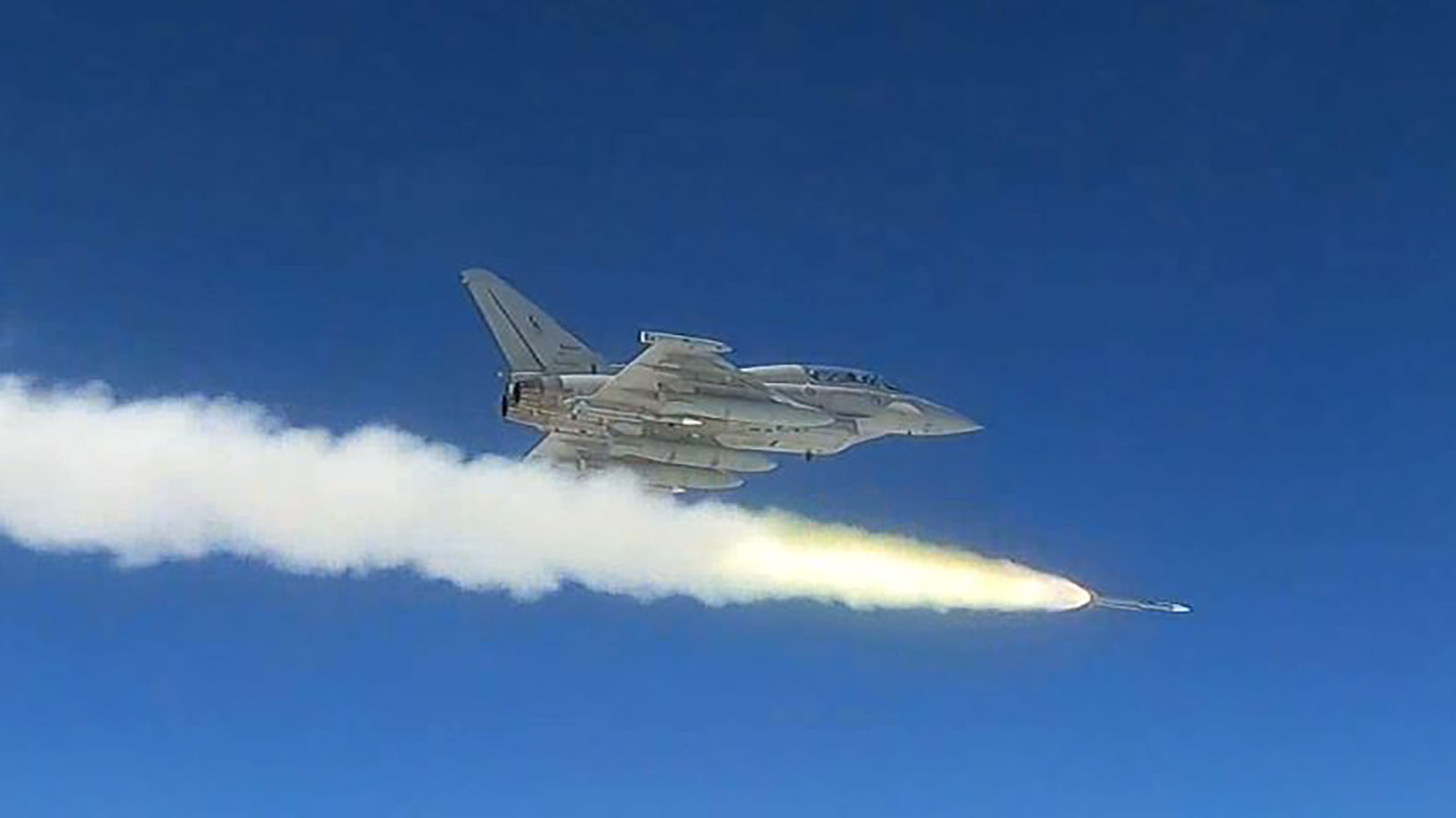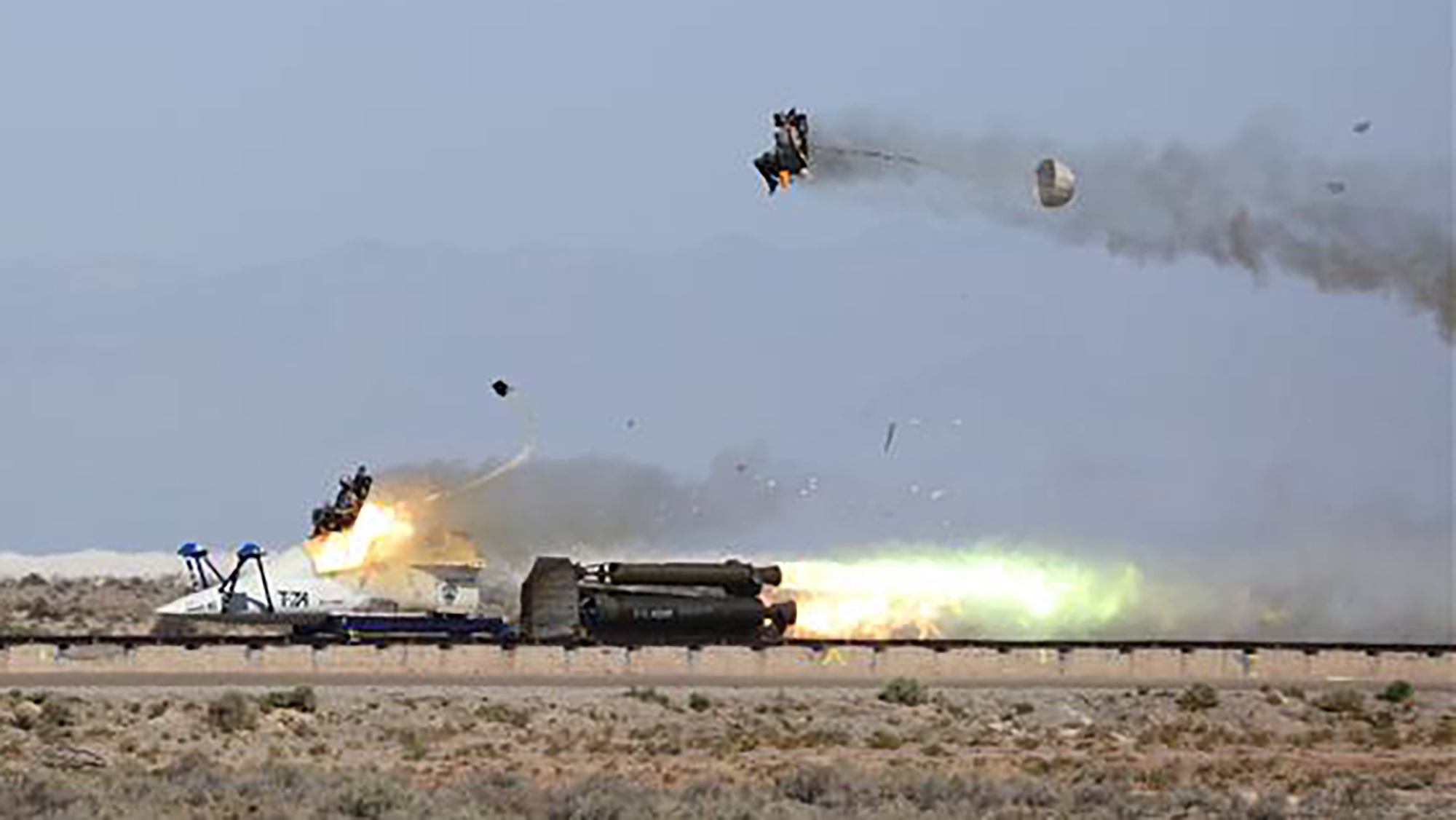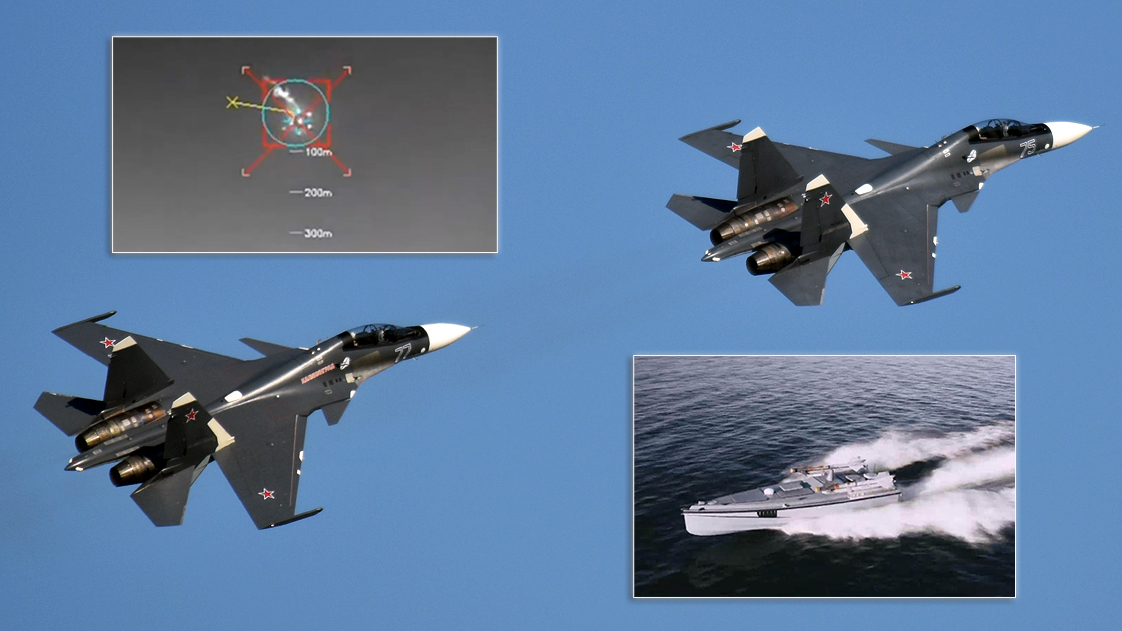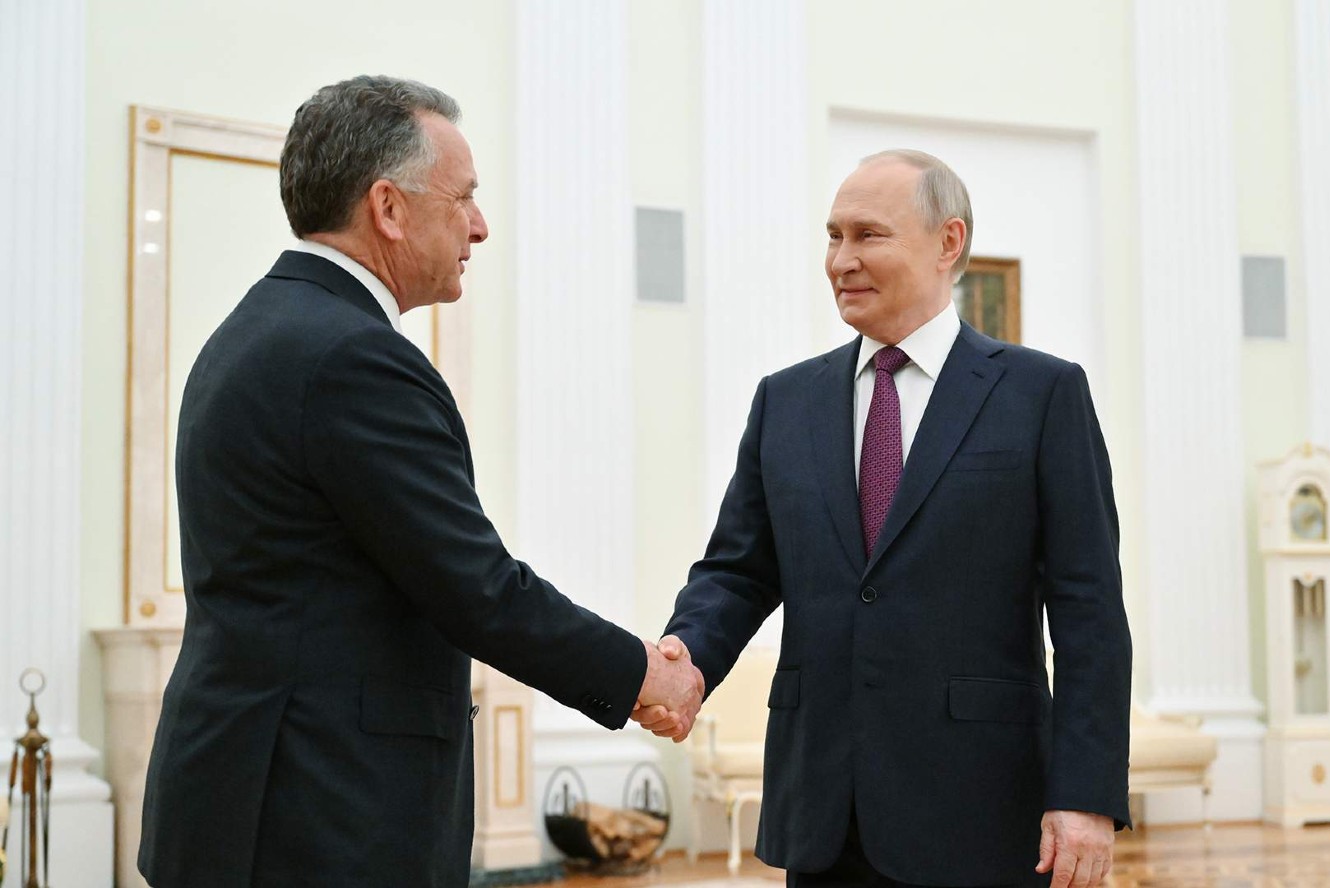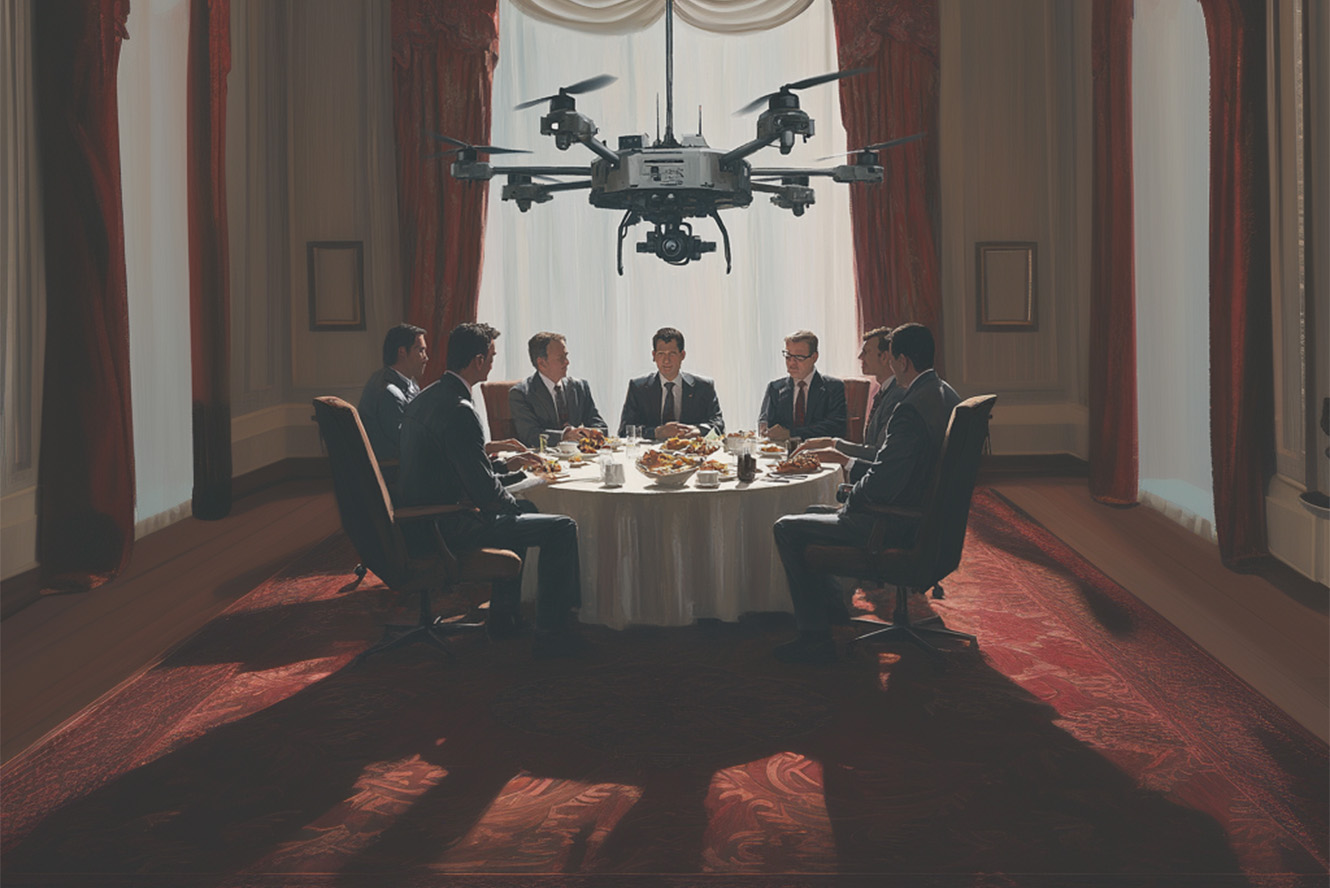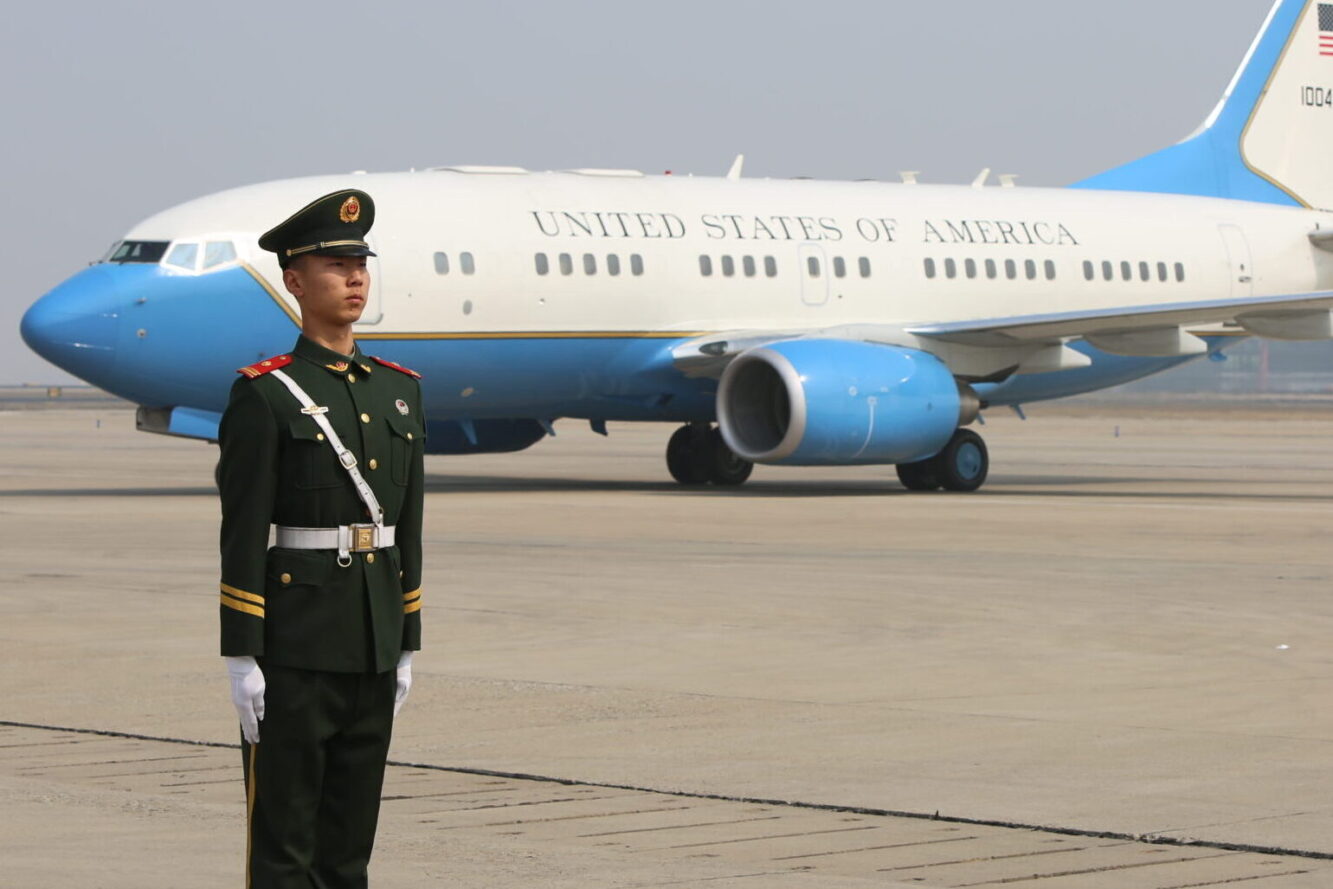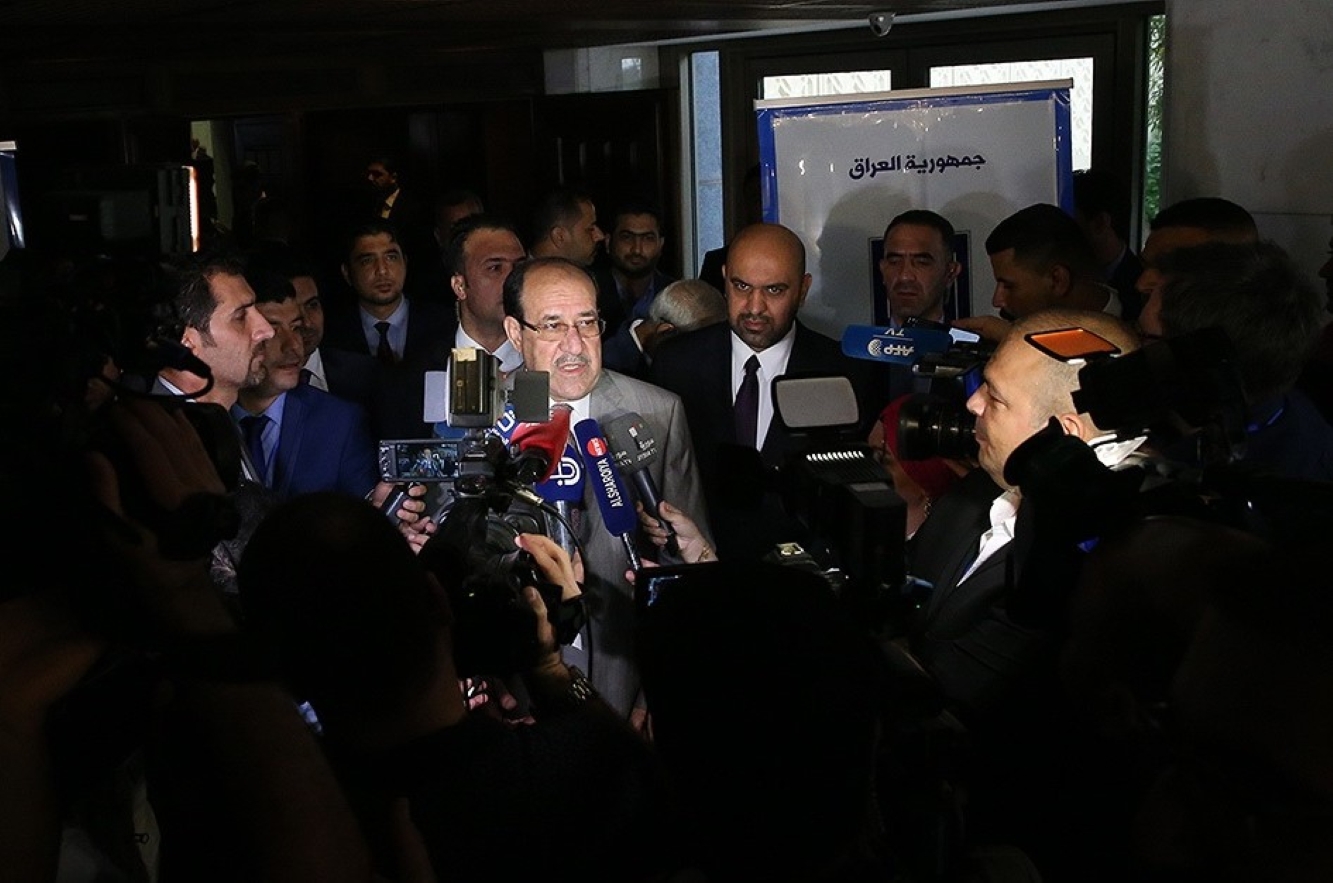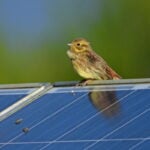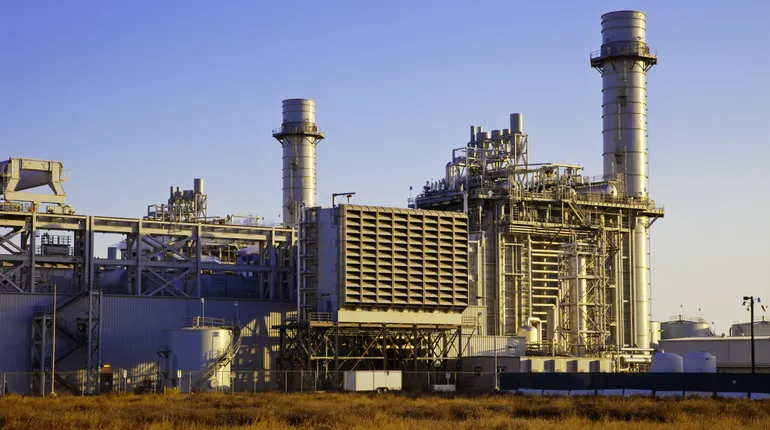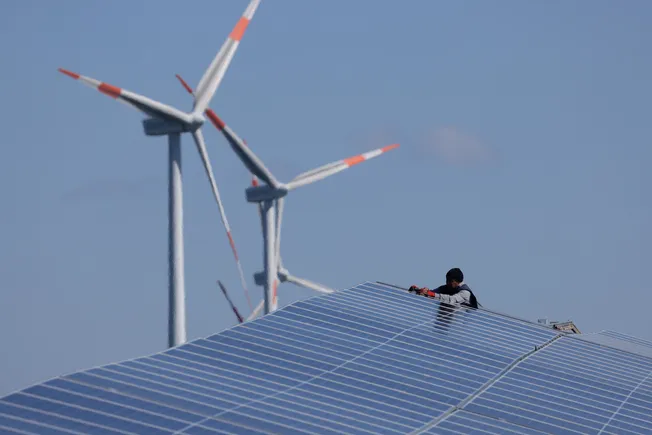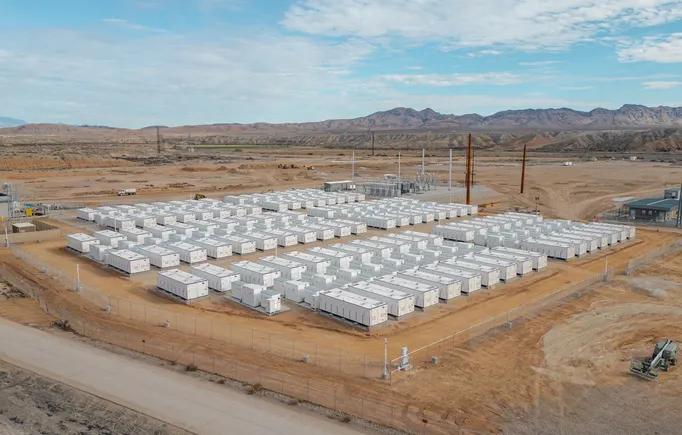Wanted: counter-drone defenses that don't hurt surrounding neighborhoods
Base defenders need to collect and analyze much more data from many more sources, DIU director says.

“As drones rapidly evolve from slow, easily identifiable commercial systems operating on known frequencies-to faster, custom-built systems, the call for [low-collateral defeat] capabilities is a key effort,” the Defense Innovation Unit and the Joint Counter-small UAS Office said in a Monday announcement. "These systems help to minimize risk to friendly forces, civilians, and infrastructure in the homeland and abroad.”
Lawmakers and military officials are increasingly concerned about the rise of illicit drone sightings around military bases, as well as the vulnerability of critical security infrastructure. In 2024, the Defense Department requested $10 billion for counter-drone tech, according to a September report from AUVSI.
But the threat from drones is rising faster than the Pentagon can deploy defenses, Rear Adm. Paul Spedero, vice director for operations for the Joint Staff, told the House oversight subcommittee on military and foreign affairs last week.
"The homeland is no longer a sanctuary. And should our adversary choose to employ drones for surveillance or even attack, we would not be prepared to adequately defend our homeland and only marginally capable to defend our military installations.”
In a comprehensive review published in the journal Sensors in December 2023, researchers from Satbayev University, International IT University, and Purdue University examined the evolving landscape of unmanned aerial vehicle detection and classification technologies.
The paper noted the limitations of traditional methods of drone detection such as radar, radio frequency analysis, acoustic sensors, and visual cameras. Radar systems often struggle to identify small, low-flying drones. Radio-frequency analysis doesn’t work on autonomous drones that operate without active communication links. Acoustic sensors detect drones’ sounds but have trouble in noisy settings. Visual cameras’ effectiveness is limited by lighting conditions, weather, and obstructions, and they may struggle to distinguish drones from other small airborne objects.
The paper argues for a hybrid approach fusing these and other data. But that presents an enormous data challenge in synthesizing and analyzing large volumes of dissimilar data. That’s a challenge that the commercial tech sector has been focused on for years, less so the U.S. military.
Also last week, DIU’s director Doug Beck testified on what he saw as the need for faster and more accurate sensing of small drones. “On the sensing side [what’s needed is] the ability for our teams to be able to see what's coming. That’s new acoustic technologies; it's radar that's lower cost and smaller and can be mobile; it's leveraging 5G and it's leveraging that commercial data.”
Artificial intelligence to communicate that synthesized data in a way that allows an operator to take action is essential, he said. It’s also an area where the commercial sector is outpacing the Defense Department.
“The AI-enabled decision support is really a critical area because the volume of data and the speeds that we're talking about…is truly astronomical,” Beck said.
Better, faster, and more accurate detection must come before better techniques to shoot drones down, as it allows for more precise use of whatever capability or weapon, limiting potential collateral damage.
“It's really about those low-collateral interceptors and and getting after those solutions, whether it's through electronic means or local kinetic business, ballistics means, or other forms of bringing those those drones down and those solutions,” according to Beck. ]]>










